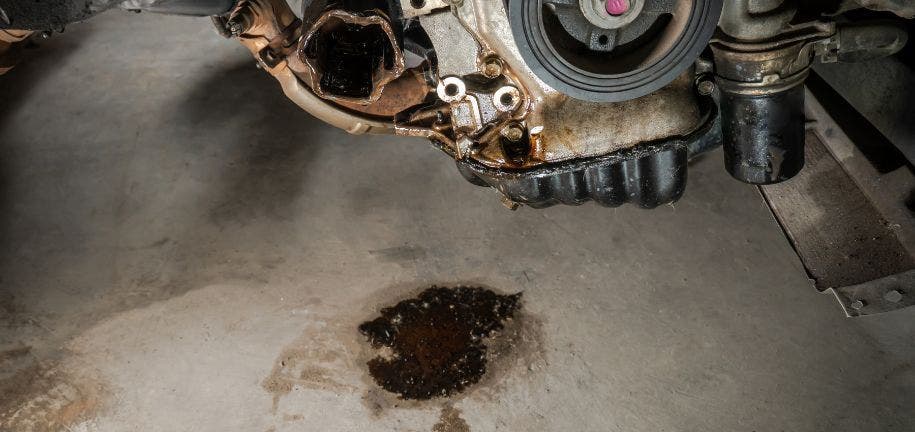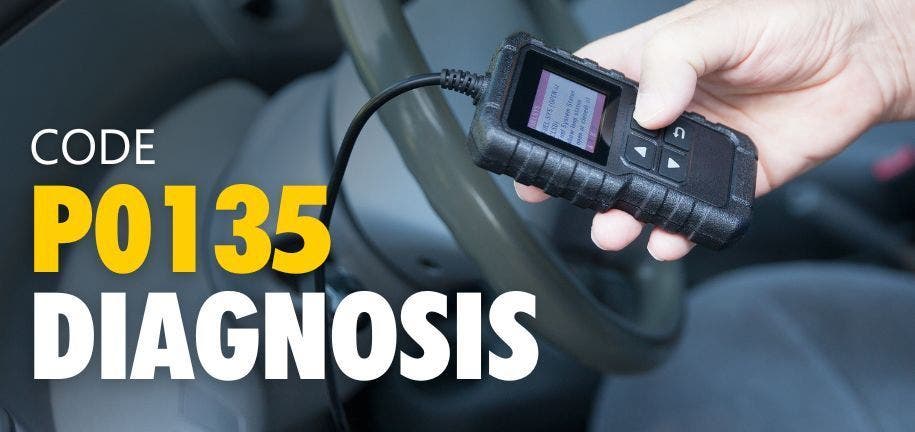The dreaded "check engine" light - it can strike fear into the heart of even the most seasoned driver. What does it mean? How serious is it? Here at PartsHawk.com, we want to empower you with knowledge about this common car warning signal. In this blog post, we'll shed light on the check engine light, its purpose, and delve into some of the most frequent reasons it might illuminate on your dashboard. We'll also provide tips on how to diagnose the problem and resources to help you get your car back in top shape.
Understanding the Check Engine Light
The check engine light, also known as the malfunction indicator lamp (MIL), is a universal warning system built into modern cars. It's essentially a signal from your car's computer that a problem has been detected within the engine or emissions system. When the light turns on, it indicates that a diagnostic trouble code (DTC) has been stored in the car's computer memory.
Interpreting Check Engine Light Codes
While the check engine light itself doesn't pinpoint the exact issue, it serves as a crucial first step in diagnosing the problem. To identify the specific cause, you'll need to retrieve the DTC stored in the car's computer. Here's how to do it:
- OBD-II Scan Tool: Most modern vehicles are equipped with a standardized diagnostic port (OBD-II port). A simple OBD-II scan tool can be plugged into this port to retrieve and interpret the DTC. PartsHawk.com offers a wide variety of OBD-II scan tools at competitive prices. Search for a scan tool compatible with your car's year, make, and model.
- Professional Mechanic: If you're not comfortable using a scan tool or the code seems complex, consider visiting a trusted mechanic. They will have professional diagnostic equipment that can not only retrieve the DTC but also interpret it and recommend the necessary repairs.
Reasons Why Your Check Engine Light Might Be On
There are numerous reasons why your check engine light might come on. Here are six of the most frequent causes:
| Potential Cause | Description |
|---|---|
| Loose or Faulty Gas Cap | A loose or malfunctioning gas cap can prevent the fuel tank from properly sealing. This can trigger a check engine light due to a fault in the vehicle's evaporative emissions system. |
| Faulty Oxygen Sensor | The oxygen sensors monitor the amount of unburned oxygen in the exhaust. A malfunctioning sensor can cause the engine to run inefficiently and trigger a check engine light. |
| Spark Plug or Ignition Coil Issues | Worn spark plugs or faulty ignition coils can disrupt the proper ignition of the air-fuel mixture in the engine cylinders. This can lead to rough idling, increased emissions, and a check engine light. |
| Mass Airflow Sensor (MAF) Problems | The MAF sensor measures the amount of air entering the engine. A malfunctioning sensor can disrupt the air-fuel mixture, causing performance issues and a check engine light. |
| Catalytic Converter Issues | The catalytic converter plays a vital role in reducing harmful emissions from the exhaust. A failing converter can illuminate the check engine light. |
| Sensor Malfunctions | Your car has numerous sensors monitoring various engine functions. A malfunctioning sensor related to emissions, air intake, or engine temperature can trigger the check engine light. |
Diagnosing and Addressing Minor Issues
In some cases, the cause of the check engine light might be a simple fix. For instance:
- Tightening a loose gas cap.
- Replacing a faulty air filter. (You can find a wide variety of air filters for your car on PartsHawk.com!)
If you're comfortable with basic car maintenance and have a scan tool that can interpret the DTC, you might be able to diagnose and address minor issues yourself. However, it's important to remember that not all check engine light problems are simple fixes.
When the Check Engine Light Indicates a Major Problem
While some check engine light issues might be minor, others can signify more serious problems. Ignoring the light can lead to:
- Decreased fuel efficiency: A malfunctioning engine component can cause your car to burn more fuel.
- Increased emissions: A car with unaddressed engine problems can contribute to air pollution.
- Engine damage: Leaving a problem unchecked can lead to more extensive and expensive repairs down the road.
- Safety hazards: In severe cases, a malfunctioning engine component can pose a safety risk while driving.
Consequences of Ignoring the Check Engine Light
It's important to address the check engine light promptly. Here's what you can do:
- Retrieve the DTC: Use a scan tool or visit a mechanic to retrieve the trouble code.
- Research the code: The internet (and PartsHawk.com!) can be a valuable resource for researching common DTC meanings.
- Diagnose the problem: If you're comfortable with DIY repairs and the issue seems simple, you might be able to fix it yourself. PartsHawk.com offers a wide variety of replacement parts to
- help you with repairs. Search for parts by your car's year, make, and model.
- Consult a mechanic: For complex problems or if you're unsure about the fix, don't hesitate to visit a trusted mechanic.
PartsHawk Can Help You Get Back on the Road
Having a check engine light come on can be stressful, but it doesn't have to be a mystery. By understanding the purpose of the light, the potential causes, and the importance of diagnosing the problem, you can take control of the situation. PartsHawk.com can be your partner in navigating check engine light issues. We offer OBD-II scan tools, replacement parts, and a wealth of online resources to help you get your car back in top condition. Don't let a check engine light keep you grounded. Visit PartsHawk.com today and get the tools and information you need to get back on the road!














